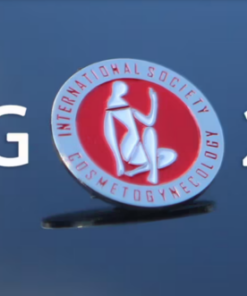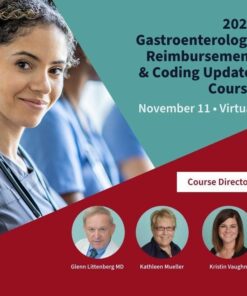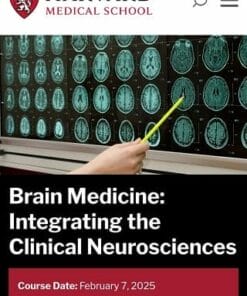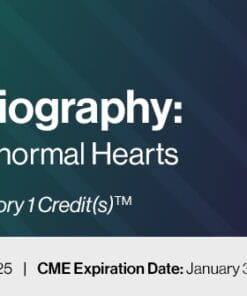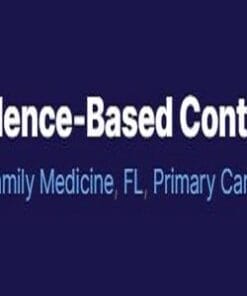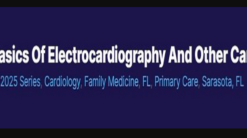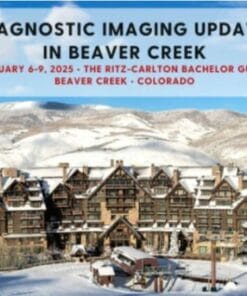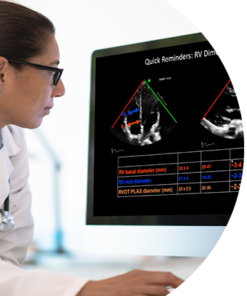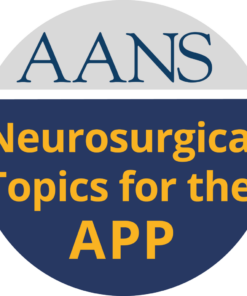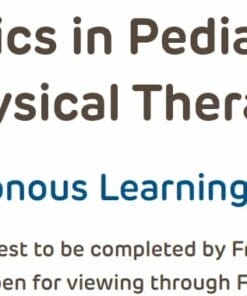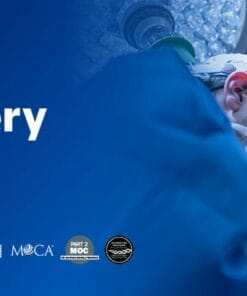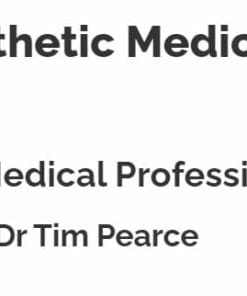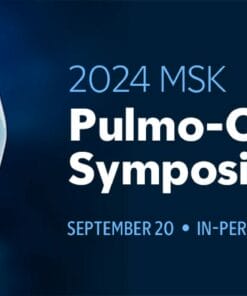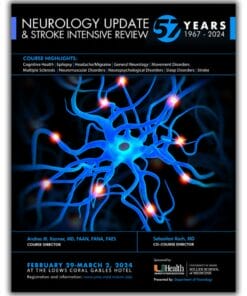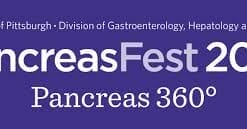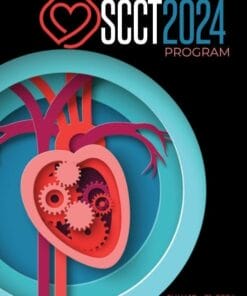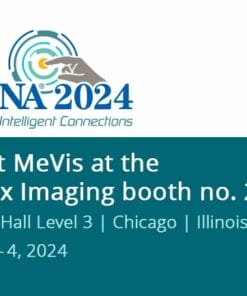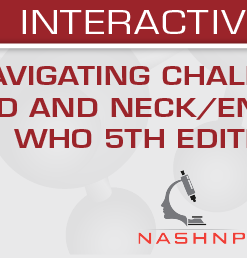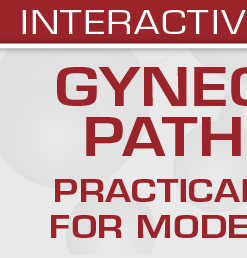ARRS Head and Neck Pathology Through Anatomy 2024 (Videos)
45 $
Delivery time: Immediately
Format :10 MP4 files
File Size :1.12 GB
Head and Neck Pathology Through Anatomy
This ARRS Virtual Symposium on Thursday, November 14, will simplify the radiologic assessment of challenging head and neck pathologies by presenting an anatomy-based approach to cross-sectional imaging interpretation. This symposium has been designed to be of value to both general radiologists and subspecialty neuroradiologists seeking to improve their interpretive skills. Ten sessions will cover the major anatomic sites within the head and neck, including: a) the paranasal sinuses, b) orbits, c) temporal bones, d) skull base, e) oral cavity and teeth, f) parotid space, g) carotid and parapharyngeal spaces, h) visceral space, i) retropharyngeal and perivertebral spaces, and j) upper aerodigestive tract and larynx. Throughout this symposium, our expert teachers will present numerous illustrative cases that highlight the multimodality imaging appearance of normal head and neck anatomy, as well as common and uncommon pathologies encountered at each anatomic site.
- Gain gain important insights into how the underlying anatomy predicts the types of pathology encountered at each site, as well as an improved understanding of important surgical anatomic considerations that should be addressed in radiology reports
- Learn from esteemed neuroradiologists from across the country
Learning Outcomes
After attending the symposium, participants will be able to:
- Recognize the cross-sectional imaging anatomy of the head and neck, including the major constituent structures found in each space.
- Differentiate pathological processes (including neoplastic, infectious, inflammatory, traumatic, and congenital) from normal anatomy in the head and neck on CT and MRI.
- Report a succinct and appropriate differential diagnosis for lesions found on CT and MRI of the head and neck using imaging features and clinical information.
- Understand the strengths and limitations of CT and MRI in the imaging assessment of different head and neck pathologies.
Target Audience
General radiologists and subspecialty neuroradiologists with interest in head and neck imaging.
Related Products
Video Medical
Emergency Medicine: Evidence-Based Content, Practical Applications 2025 (Videos + Audios + Slides)
Video Medical
JFR 2024 (JOURNÉES FRANCOPHONES DE RADIOLOGIE DIAGNOSTIQUE & INTERVENTIONNELLE) (Videos)
Video Medical
Peptide Therapy CERTIFICATION Complete Training Package for Providers and Specialists 2024
Video Medical
International Society of Cosmetogynecology World Congress of Cosmetic Gyn & Body Contouring 2024
Video Medical
ASGE Improving Quality and Safety in the Endoscopy Unit – October 2024 (Videos + Slides)
Video Medical
2025 Surgical Pathology Update: Diagnostic Pearls for the Practicing Pathologist: Vol. IX (Videos)
Video Medical
ASGE 2025 Gastroenterology Reimbursement and Coding Update November 2024 (Videos + Slides)
Video Medical
Fertility Conference 2025: Reproduction – Facts, Myths & Evidence (Videos with subtitles + Posters)
Video Medical
Emergency Medicine: Evidence-Based Content, Practical Applications 2024 (Videos + Audios)
Video Medical
NYU Langone Health Update on Attention Deficit Hyperactivity Disorder Through the Lifespan 2024
Video Medical
Harvard 9th Annual Board Review and Update in Pulmonary and Critical Care Medicine 2024
Video Medical
Nationwide Children Pediatric Gastroenterology Conference for Primary Care Clinicians 2024
Video Medical
MENA Conference 10th Abu Dhabi International Conference in Dermatology & Aesthetics 2024
Video Medical
Obstetric Anaesthetists Association Joint OAA and UK Maternal Cardiology Society Meeting 2024


